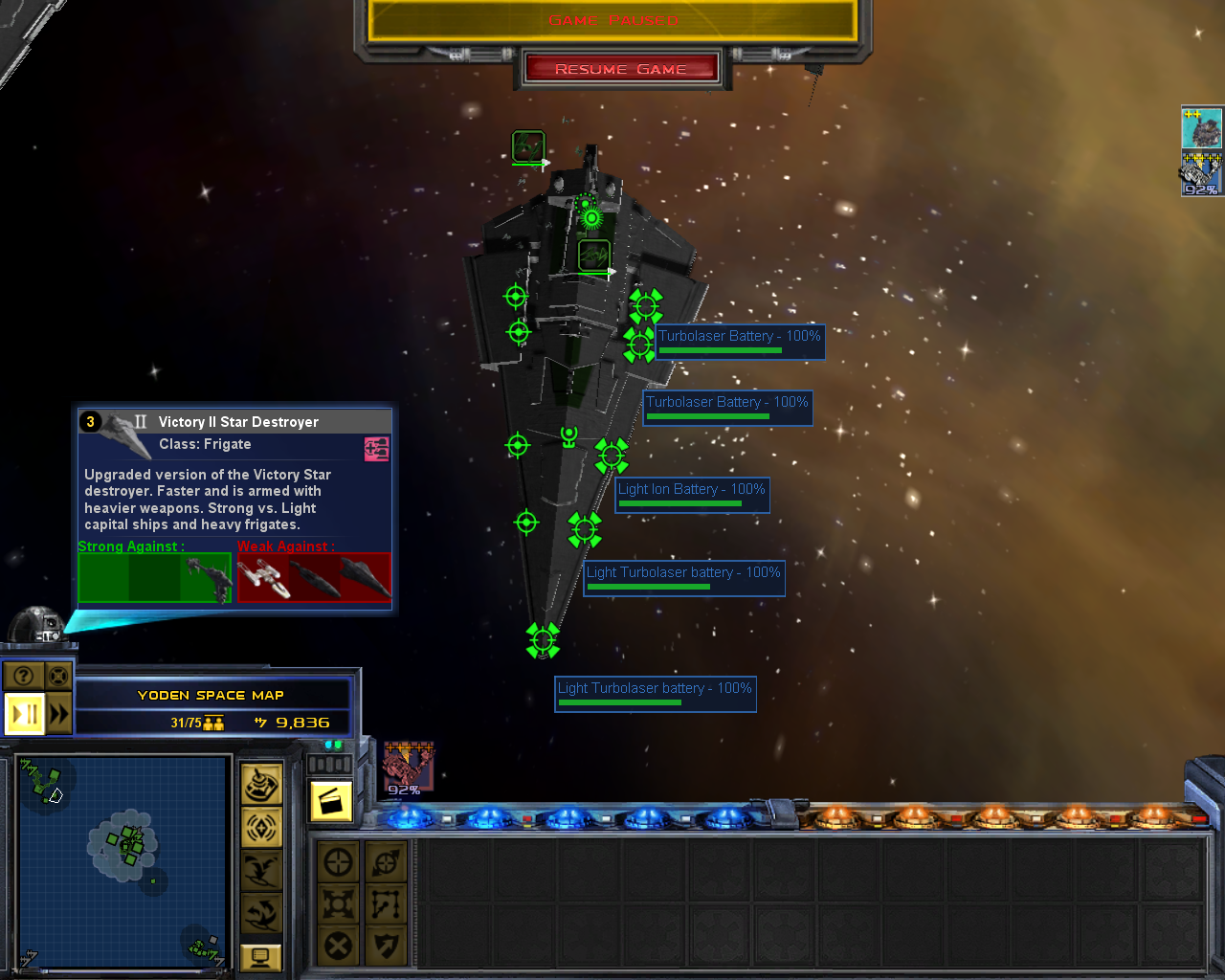


The Met was divided into 32 Borough Operational Command Units that directly aligned with the 32 London boroughs covered. The area policed by the Metropolitan Police Service is known as the Metropolitan Police District (MPD). These structures were created by the Police Reform and Social Responsibility Act 2011 and replaced the Metropolitan Police Authority-appointed board created in 2000 by Greater London Authority Act 1999. The work of MOPAC is scrutinised by the Police and Crime Committee (also known as a police and crime panel) of the London Assembly. As of April 2019, the office-holder is Deputy Mayor for Policing and Crime, Sophie Linden. The mayor is able to appoint someone to act on his behalf. Since January 2012, the Mayor of London is responsible for the governance of the Metropolitan Police through the Mayor's Office for Policing and Crime (MOPAC). Ten years later, Metropolitan Police Act 1839 consolidated policing within London by expanding the Metropolitan Police District and either abolishing or amalgamating the various other law enforcement entities within London into the Metropolitan Police such as the Thames River Police and the Bow Street Runners. The Metropolitan Police Service was founded in 1829 by Robert Peel under the Metropolitan Police Act 1829 and on 29 September of that year, the first constables of the service appeared on the streets of London. The Met's current headquarters is New Scotland Yard, on the Victoria Embankment. It is often known as Scotland Yard after the location of its original headquarters in a road called Great Scotland Yard in Whitehall. Sir Mark Rowley is the current Commissioner he succeeded Acting Commissioner Sir Stephen House in July 2022. The post of Commissioner was first held jointly by Sir Charles Rowan and Sir Richard Mayne. The Commissioner is answerable to the Home Office and the Mayor of London, through the Mayor's Office for Policing and Crime. The force is led by the Commissioner, whose formal title is the Commissioner of Police of the Metropolis. Leaving its national responsibilities aside, the Met has the eighth-smallest police area (primary geographic area of responsibility) of the territorial police forces in the United Kingdom. The force, by officer numbers, is the largest in the United Kingdom by a significant margin, and one of the biggest in the world. As the force responsible for the capital of the United Kingdom, the Met has significant unique responsibilities and challenges, such as protecting 164 foreign embassies and High Commissions, policing London City and Heathrow Airports, protecting the Palace of Westminster, and dealing with significantly more protests and events than any other British force, with 3,500 such events in 2016. The main geographical area of responsibilities, the Metropolitan Police District, consists of the 32 London boroughs, but does not include the City of London proper – the central financial district – which is policed by a separate force, the City of London Police. In addition, it is responsible for some specialised matters throughout the United Kingdom, including national counter-terrorism measures and the protection of specific people, such as the monarch and other members of the royal family, members of the government, and other officials. The Metropolitan Police Service ( MPS), formerly and still commonly known as the Metropolitan Police (and informally as the Met Police, the Met, Scotland Yard, or the Yard), is the territorial police force responsible for law enforcement and the prevention of crime in Greater London. High Court enforcement officer (High Court sheriff).Civilian enforcement officer ( magistrates' bailiffs).Dame Lynne Owens, Deputy Commissioner of Police of the Metropolis.Sir Mark Rowley, Commissioner of Police of the Metropolis.


 0 kommentar(er)
0 kommentar(er)
